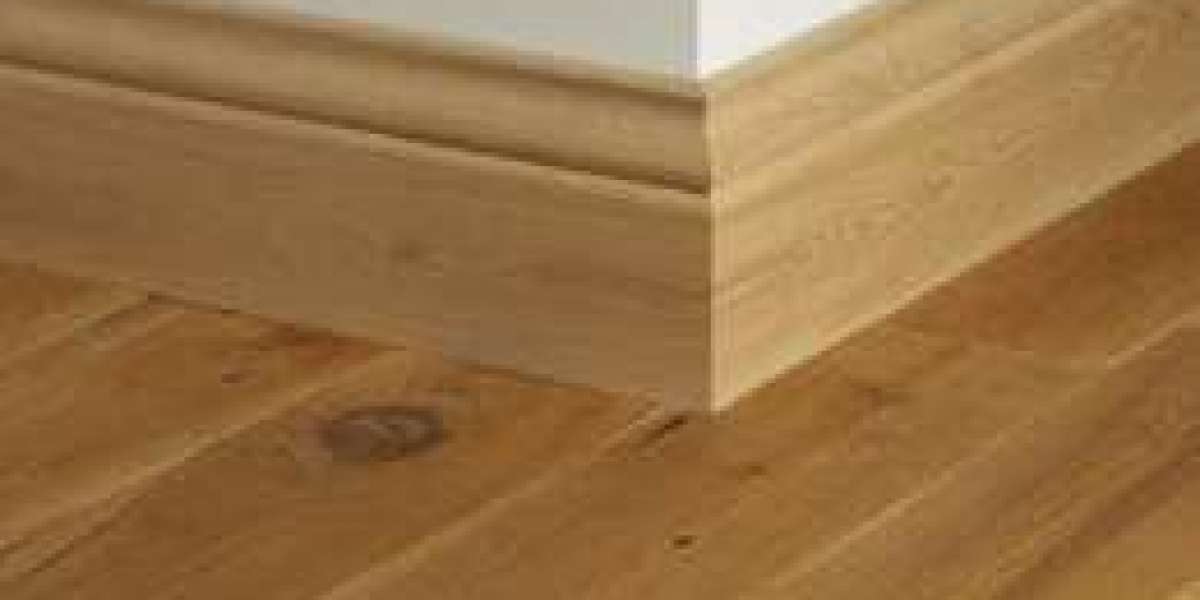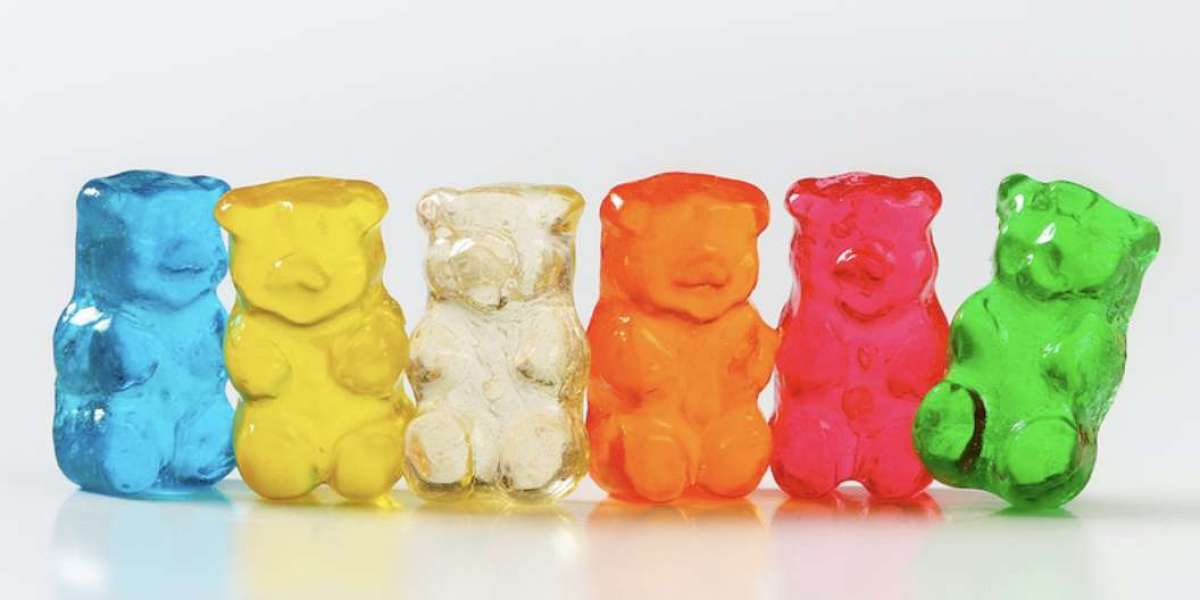Wood skirting, often an overlooked element in interior design, plays a crucial role in adding finesse and charm to a space. This humble feature, positioned at the base of walls, serves both aesthetic and practical purposes. In this blog post, we'll delve into the world of wood skirting, exploring its history, design versatility, and the myriad ways it elevates the overall aesthetic of a room.
A Brief History of Wood Skirting:
Wood skirting has a rich history dating back to ancient civilizations. In the grand halls of ancient Greek and Roman architecture, baseboards were carved from marble to serve both ornamental and functional purposes. As architectural styles evolved, wood emerged as a prominent material for skirting due to its versatility, affordability, and ease of manipulation. Fast forward to the present day, and wood skirting has not only endured but has also evolved to suit various design preferences.
Design Versatility:
One of the most appealing aspects of wood skirting is its design flexibility. Whether you're aiming for a classic, traditional look or a modern, minimalist aesthetic, wood skirting can be tailored to complement any style. The availability of different wood species, finishes, and profiles allows homeowners and designers to choose a skirting solution that seamlessly integrates with the overall theme of the space.
For traditional interiors, ornate and intricately carved wood skirting can add a touch of vintage elegance. On the other hand, sleek and simple skirting profiles are perfect for contemporary spaces, contributing to a clean and streamlined look. The versatility of wood skirting makes it an invaluable element for architects and designers seeking to create customized interiors.
Functional Benefits:
Beyond its aesthetic appeal, wood skirting serves practical purposes that contribute to the longevity and maintenance of a space. Here are some notable functional benefits:
Protection: Wood skirting protects the base of walls from scuffs, scratches, and other forms of damage that can occur from everyday activities, such as moving furniture or cleaning.
Concealing Wiring: Concealing unsightly wires and cables is made easy with wood skirting. By running wires behind skirting boards, a cleaner and more organized appearance can be achieved.
Temperature Regulation: Wood has natural insulating properties, helping to regulate temperature within a room. This can contribute to energy efficiency and lower utility bills.
Installation and Maintenance:
Installing wood skirting is a relatively straightforward process, making it an accessible option for both DIY enthusiasts and professionals. The variety of installation methods, including nailing, gluing, or floating, allows for flexibility depending on the project requirements.
Maintenance is minimal compared to other materials. Regular cleaning with a damp cloth and occasional polishing to maintain the finish are usually sufficient to keep wood skirting looking pristine for years.
Conclusion:
In the tapestry of interior design, wood skirting stands as an often underappreciated but indispensable element. Its history, design versatility, and practical benefits make it a timeless choice for enhancing the aesthetic appeal of any space. Whether you're renovating a historic home or designing a modern apartment, the addition of wood skirting can be the finishing touch that ties the entire room together, creating an atmosphere of warmth and sophistication.








